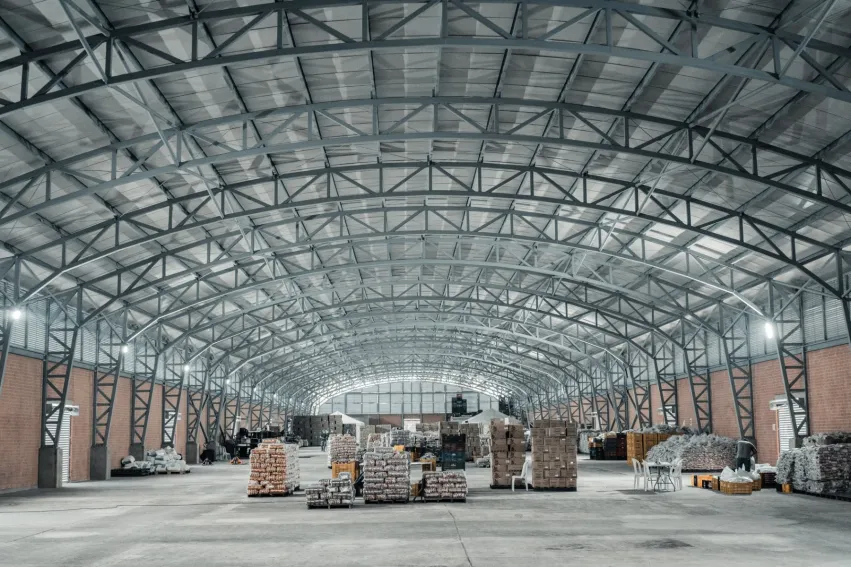
Two driving forces that will define the future of Singapore's industrial sector
The knowledge-intensive and supply chain-driven aspects of manufacturing and logistics will determine the outlook for the sector.
One year into the pandemic, driven by the need to buffer against supply chain disruptions, demand for biomedical devices and a global shortage of semiconductors, the industrial market continues to perform better than most other real estate sectors. According to Savills, the heavy demand for the products from the latter two industries have spurred on the chemical industry as well.
Broadly speaking, the manufacturing and logistics sectors have two driving forces. One is knowledge intensive while the other is basically supply chain in nature. Between these two lie pockets of demand from the food industry and those who try to save rental overheads by moving to lower cost premises. How these two tracks will fare in the coming year will determine the outlook for the factory, warehouse and business park markets.
Here’s more from Savills:
Notwithstanding the broad vaccination program underway here, the pandemic has reared its head again with community cases spiking in late-March to the time of this writing. Overseas, the pandemic in some countries has been counted in multiple waves. So long as the threat of a resurgence in infections lingers, the demand for industrial space should remain firm. Remote working and the drive to achieve ESG (Environment Social and Governance) targets will spur demand for new technologies and materials. All these are likely to result in greater manufacturing activity in the semiconductor and chemical sectors here as most of the global companies have set up operations.
The knowledge intensive industries are likely to continue to operate and even expand at the various locations earmarked for specific clusters. Local Small and Medium Enterprises (SME) are often not in such industries and their performance will be patchy. However, at a micro-locational level, they are likely to continue to look to set up in more central locations.
The pandemic has decimated the industrial market in various ways. While the traditional users from industries such as oil & gas and ship building are still weighed down by problems which afflicted them prior to the viral outbreak, others who were doing well prior to 2020 are now starting to settle down to a lower level of activity. However, there are those who have not been faring well over the past few years, who have started to see their fortunes brighten. The following points highlight some of the observations that we have noticed of late.
• Local Small and Medium Enterprises (SME) have been active in the quarter in review and are expected to remain interested in acquiring industrial properties for their own use. Examples of such companies are those in the manufacturing of Tupperware (mainly for export), processing of frozen food (the latter often needing 5,000 built in to 40,000-50,000 sq ft of land). These local enterprises are taking this opportunity where prices softened to acquire properties where the lease is often less than 30 years. The shorter-term lease means they can rein in non-production related capital expenditure. Food zoned industrial buildings and central kitchens located in the Central and Eastern parts of the island are still highly sought after.
• Warehouse – rental demand from e-commerce (200,000 sq ft leasing demand). Companies in the e-commerce and last mile transportation industries have been actively looking for logistics space. A year ago, the pandemic was viewed with uncertainty and short-term leases for stockpiling were popular. However, with the realization that COVID is not likely to go away anytime soon, these short leases have extended from half a year to a year or more. E-commerce firms have been sourcing in the Central and Eastern regions for space, often <100,000 sq ft. These are often around Kallang, Bendemeer and Tampines where easy access to expressways makes them more conducive for last mile delivery. They would have liked to lease larger areas but for the fact that most of the warehouse space in the abovementioned regions is smaller than in the West. For the Western region, as these areas have more warehouse space which offers larger floor plates and higher ceiling heights, they are popular amongst tenants who require general storage facilities e.g. fashion companies, where there is less of a delivery time requirement.
• Self-storage – Investor demand and rental demand have remained elevated. As they are the equivalent to co-working operators providing short term flexi leash, they have become popular amongst tenants who have downsized from larger premises where lease terms are more rigid.
• Light and high-spec industrial space – Tenants signing up for <20,000 sq ft in the quarter have been those from the IT, procurement and technology companies. For the rents charged, the look and feel of the buildings present it as value for money.
• Business Parks – First generation parks are generally facing challenges. Counterintuitively, for some of the newer and well-located ones, there has been some resistance by tenants to expand or locate there. Some technology firms with smaller spatial needs are finding Grade B office space in the CBD to be an attractive proposition because rents for such buildings have fallen significantly since the start of the pandemic and now overlap some of those charged in better located business parks.
Although the performance of the industrial market is still mixed, we see that the worst is behind us. It is not that it is about to expand sharply across locations and types of buildings, but there will be some that are growing whilst some still languish due to COVID-related reasons. If we leave out the left tail of performance, those industries performing well clearly stand out from the others. In fact, COVID has distinctly separated the goats from the sheep with sunset industries winding down faster while new economy firms expand rapidly. We maintain our rental forecast for multiple user factory and warehouse space. For Business Parks, average rents are expected to be flat.

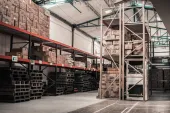
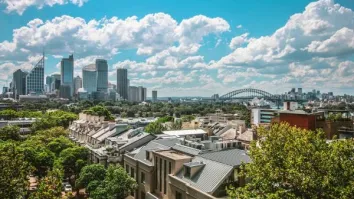

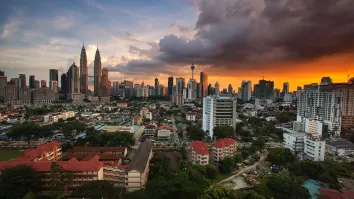
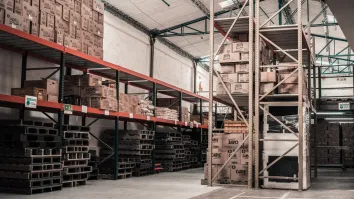



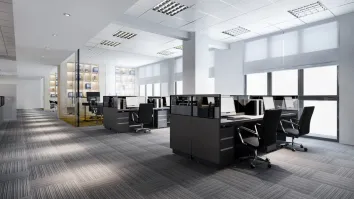



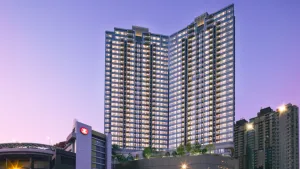





 Advertise
Advertise




